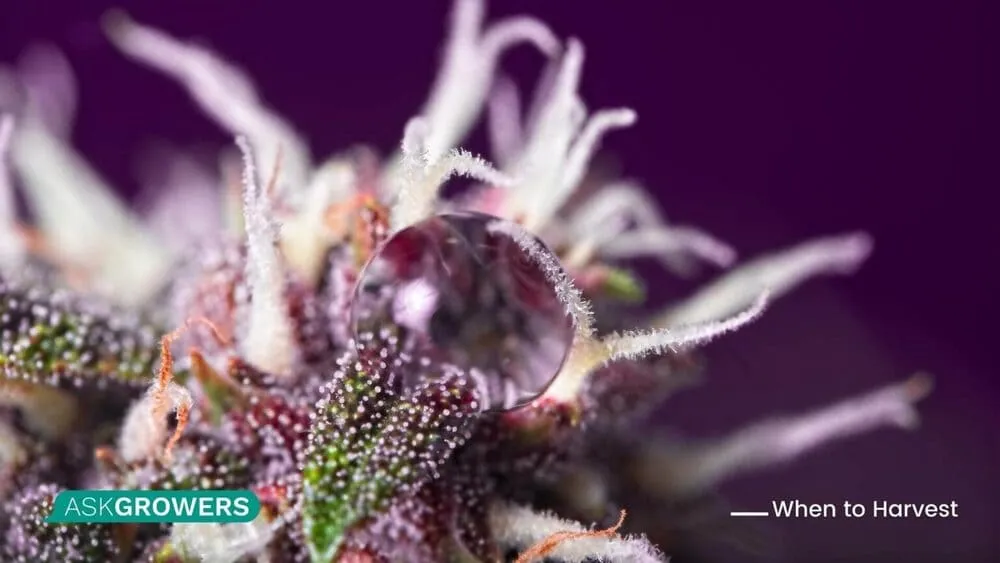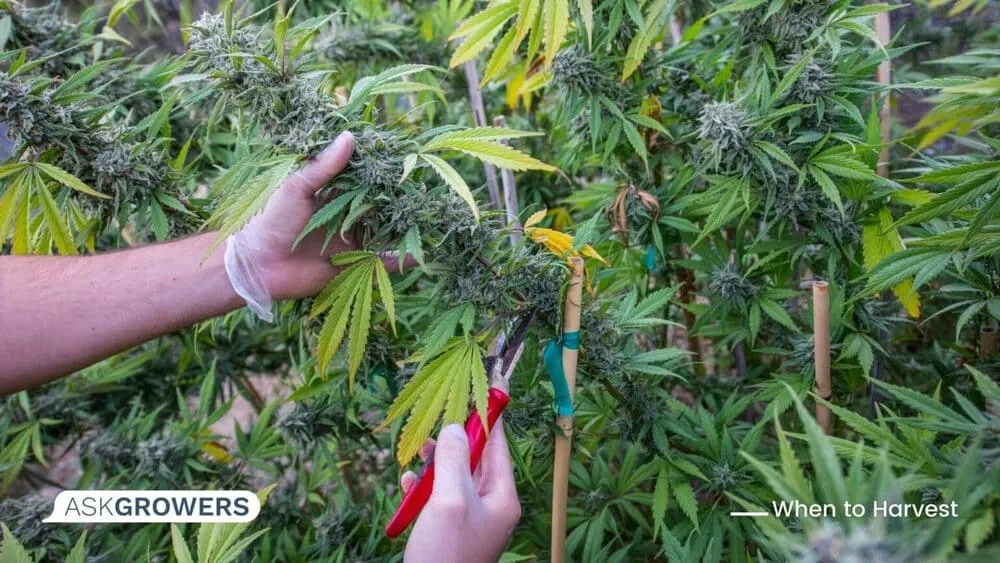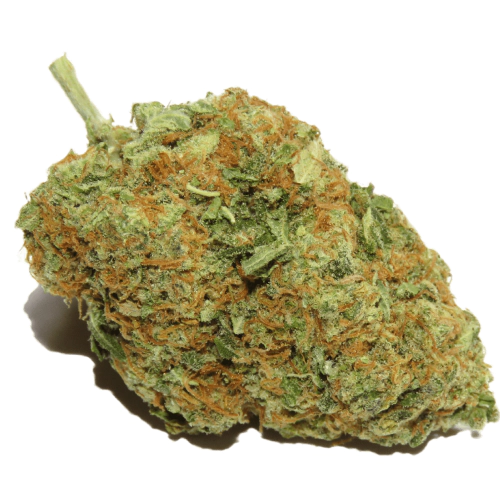So, you have waited for several weeks since your weed sprouts popped out of the ground. Then, you’ve been watching them grow and mature. You can’t wait to get these buds off the plants, roll a joint, and light it up. When the buds are developed, timing becomes vital. When is cannabis ready to harvest? Too early or too late yielding can affect cannabis potency and quality.
Since every cultivator has a different opinion on when to harvest marijuana based on their own experience, read this guide to understand the main pointers for the harvesting stage. It will allow you to gauge the proper time to crop and reduce the chances of possible cannabinoid degradation or changes in the cannabinoid profile, as proven by a German study.
How to Tell When Marijuana Is Ready to Harvest
Cannabis prefers a warm climate to grow. If you cultivate outdoor plants, the harvest period typically falls between September and November before fall rains begin. When growing marijuana indoors, plants can be harvested 7-9 weeks after their flowering cycle is complete. Usually, Sativas finish longer, while Indicas tend to finish quicker.
Dates can vary depending on your local climate, environmental factors, and cultivation practices. As the yield time approaches, it is recommended to check the ripeness of weed plants by inspecting their pistils and trichomes. You may need a handheld microscope or a magnifying glass to have a closer look at the plants.
Pistils and Trichomes as Harvest Time Indicators
Pistils are a layer of short hairs that cover the buds. They undergo evolution as plants ripen by changing their color from white to orange and brown. When the percentage of white and brown pistils is 50/50, it is too early to harvest. Wait until you see 70-90% of orange/brown pistils. Also, these hairs can group to make buds and start curling into the buds. The changes are seen by the naked eye.

Trichomes are resin glands that form a frosty coating all over the plant. They resemble little glass mushrooms. As plants ripen, trichomes also change their color and look like lollipops. In young plants, they are transparent and clear and turn milky white in mature plants. Some trichomes can become amber. When they change their color, they reach their maximum THC concentration. Don’t be too late because when all trichomes turn brown or amber, it is a sign of being overripe. If you want to get a more lethargic stone, wait until they are mostly amber. Note if you expose harvested plants to UV rays and oxygen, THC begins to break down.
Other Characteristics to Consider
Aside from trichomes and pistils, other factors should be taken into account because they also determine the harvest time:
- Weather. Keep an eye on the weather changes. Depending on your local climate, the cannabis harvesting time is usually associated with fall and depends on possible weather fluctuations. Cold rainstorms cannot be a disaster, but you may need a game-time decision on when to harvest marijuana, balancing ripeness with weather conditions.
- Rain. Severe and durable rain can also be a problem for plants. Covering your weed shrubs may help, but excessive moisture in the air can cause mold. Ripe marijuana can weather a heavy storm if it will warm up and dry out quickly afterward. Be ready to cut out the plants before they become too soggy.
- Cold temperatures. The majority of marijuana strains can withstand freezing temperatures of 28-32°F (-2-0°C) for three hours. If temperatures lower and last longer, it may lead to ice crystals in plant tissues and damage their cells. Leaves may turn dark. The deeper frost can damage the whole plant. If frost is forecast, you should devise a compromise to identify the ideal harvest window.
TOP cannabis seeds for growers
What Happens if You Harvest Too Early or Late?
If cannabis is chopped before the recommended time, it may cause certain downsides. Yielding too early leads to underdeveloped flowers; besides, the psychoactive experience will be racy and uncomfortable, especially for users who want to relax. Experienced smokers will notice the minimal trichome production and undeveloped calyx.

If weed shrubs are chopped too late, psychoactive cannabinoids will start to break down. Gradually, THC turns into CBN. As research shows, cannabinol comes with apparent medicinal properties and lacks the high offered by tetrahydrocannabinol. Renowned for its sedative properties, the weed with a large CBN amount is best suited for individuals who have insomnia.
What About Autoflowers?
Gardeners should expect the same signs to determine if their autoflowering cannabis is ready to yield; however, it can be tricky in some cases. When autoflowers mature, not all of them lose their leaves and change in color, so you cannot say for sure that plants are ripe. Add two or three weeks more to the predicted yield time since some of these plants take longer than photoperiod ones.
Conclusion
Before planting weed plants, you can get information from breeders that will help you estimate the yielding time for a particular strain. Talk to experienced growers in your area. Cutting out your cannabis shrubs a week later or earlier is not a tragedy, but don’t let them sit longer than recommended. With this helpful guide, you have an idea of how to know when to harvest weed, even if you are a novice cultivator.
Watch your weed plants and start checking the changes in their appearance. By reading the yield signs, you can quickly determine the weed ripeness. There is no precise harvest time suitable for everyone. It is your personal experience, and this process can be improved through practice.



